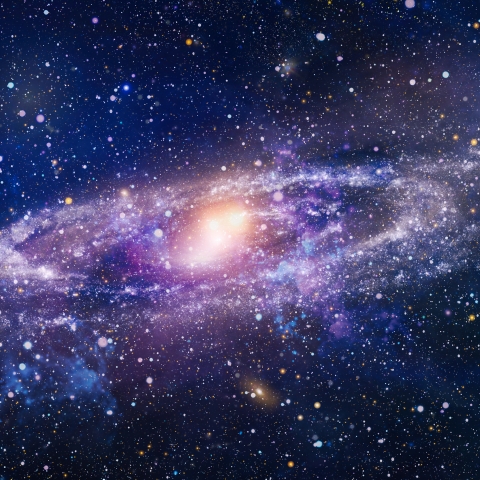Our Sun, the source of life on Earth, holds a dark secret. While it nurtures us with its light and warmth, it also possesses the potential to be our ultimate destroyer. A recent study published in Nature sheds new light on this unsettling reality, revealing that stars like our Sun can devour their own planets.
Stellar Cannibalism: Two Methods of Planetary Demise
The study suggests that planets orbiting their parent star live precariously. There are two primary ways a star can betray its celestial offspring and orchestrate a violent demise:
- Tidal Disruption: A Celestial Maelstrom: This dramatic scenario unfolds when a planet’s orbit is not perfectly circular or aligned with the star’s rotation. The star’s gravitational pull exerts a relentless force, slowly tugging the planet closer. As the hapless planet ventures too near, the immense gravitational disparity tears it apart. Imagine the star’s gravity acting like an immense hand, squeezing the planet until it fractures.
The culprit lies in the differing gravitational pull experienced by the planet’s sides. The side facing the star feels a stronger pull than the one facing away. On Earth, this difference manifests in our tides, but for a planet too close to its star, these forces are catastrophic, ripping the planet’s crust and core asunder.
The concept of tidal disruption isn’t new, having been proposed decades ago. Astronomers have even observed similar events involving supermassive black holes at galactic cores shredding stars. However, only recently have we witnessed the potential signature of a star consuming a planet through tidal disruption. The sheer number of stars exhibiting signs of ingested planetary material, as suggested by the new study (at least 1 in 12), hints at the prevalence of this destructive process.
- Engulfment by a Red Giant: A Slow and Inevitable Demise: Thankfully, Earth won’t face the horrors of tidal disruption. Our demise is destined to arrive in about five billion years, when the Sun transitions into a monstrous red giant. Stars like our Sun are powered by nuclear fusion, the process of merging light elements into heavier ones. Their initial fuel source is hydrogen, which is steadily converted into helium. This fusion not only counteracts the crushing force of gravity but also generates the light that makes stars shine. Our Sun has been diligently fusing hydrogen for roughly 4.5 billion years.
However, this fuel source isn’t infinite. In approximately 4.5 billion years, the Sun’s core will deplete its hydrogen reserves, halting fusion. Gravity, unopposed by the counteracting force of fusion, will cause the Sun to shrink. This contraction will intensify the core’s temperature, eventually reaching a point where helium fusion becomes possible. While fusion reignites, the Sun’s outer layers will dramatically expand and cool, transforming it into a red giant with a reddish hue. This expansion will be so immense that it will engulf Mercury, Venus, and potentially even Earth.

A Borrowed Sunbeam: A Looming Apocalypse
While Earth has a few billion years of borrowed time, the Sun’s increasing luminosity paints a bleak picture. With each passing billion years, the Sun’s brightness intensifies by roughly 10%. Fast forward a billion years from now, and the Sun’s brilliance will be sufficient to boil away Earth’s oceans. The life-giving waters that sustain our planet will be mercilessly vaporized, rendering Earth a barren wasteland.
So, the next time you bask in the Sun’s warmth, remember this: our life-giving star also holds the key to our ultimate demise. The Sun’s brilliance, a source of comfort and energy, is also a ticking time bomb, programmed to erupt in a fiery display that will ultimately consume our planet. This knowledge doesn’t necessitate despair; it compels us to appreciate the time we have and to strive for a deeper understanding of our place in the vast and sometimes unforgiving cosmos.

















